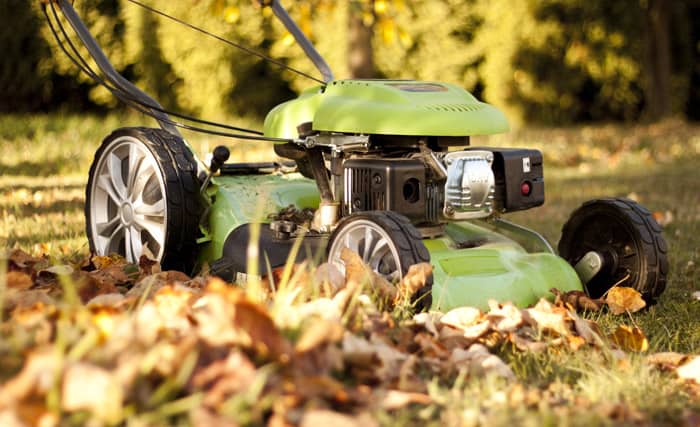
How Should You Deal with Fallen Leaves on Your Lawn
While species like birch, willow, oak, maple, and redbud trees all make great additions to nearly any lawn, nobody wants to deal with the leaves after they fall. Depending on the size of your lawn and how many trees you have, the act of cleaning up all these leaves could take hours – or even days – of backbreaking labor. Before reaching for your rake, however, you might want to consider all of your options.
Understanding the Benefits of Fallen Leaves
Some homeowners race to eliminate leaves immediately after they’ve fallen. Some HOAs (Homeowner Associations) and townships even have strict rules surrounding the removal of fallen leaves. After all, whole leaves that are left on a lawn take a long time to decompose. They can result in various snow mold diseases and, come spring, they will inhibit new growth. In extreme cases, they can even create greenhouse gasses like methane.
However, chopped leaves can actually be incredibly beneficial to your lawn. Some of the primary benefits include:
- Protecting sensitive root systems from the cold weather above
- Preserving soil structure and water retention
- Strengthening soil fertility
- Adding necessary nutrients to your soil, including nitrogen, calcium, magnesium, and phosphorous
- Redirecting organic waste away from landfills
- Reducing the need for chemical-based pesticides and fertilizers
- Supplying local wildlife with food and habitat protection
Raking Leaves
The default option for most, it’s quite common to see homeowners raking their yards in the fall. It’s the best way to have a debris-free lawn during the fall and winter months, but it does involve manual labor.
And then there’s the question of what to do with your leaves after they’ve been raked into neat piles. In most cases, you’ll have several options:
- Load them into a waste bin or into garbage bags for later disposal in a landfill
- Deposit them at a community leaf collection site
- Rake them into garden beds to use as mulch
- Leave them in piles and let them decompose naturally, ultimately strengthening soil structure and improving water retention
- Mix them was grass clippings and other types of green waste to make compost
If this is too much time or physical strain, you may want to consider help from trained Lawn Care Service Pros near you.
Mulching Leaves
Using a mower to shred your leaves is a popular alternative to raking. Not only does it eliminate much of the time and labor of raking leaves by hand, but the resulting mulch can be left on your lawn for added nutrients.
Some leaves are more beneficial than others. The leaves from maple trees, for example, are known to reduce weeds. Others, like honey locust leaves, are known for their high levels of nitrogen.
Composting Leaves
Leaves also work well within a compost mixture. In order to make this process as easy as possible, use a mower that includes a bagging attachment. The bag can quickly be emptied into your compost pile whenever it becomes full. If you don’t have a compost pile of your own, check with your neighbors and your surrounding community to see if you can contribute to their compost.
Building a Brush Shelter
A brush shelter is a great idea for those who want to accommodate the local wildlife. Some insects and animals will keep other nuisance pests at bay, so it might be a good idea if you are experiencing issues.
To do so, gather some twigs, branches, sticks, and leaves from your yard. Feel free to get creative when designing the shelter, but make sure it’s large enough for the native wildlife in your area. For best results, try to build the shelter as far away from your home as possible. This minimizes the chances that your newfound furry friends will cause damage to your property.
